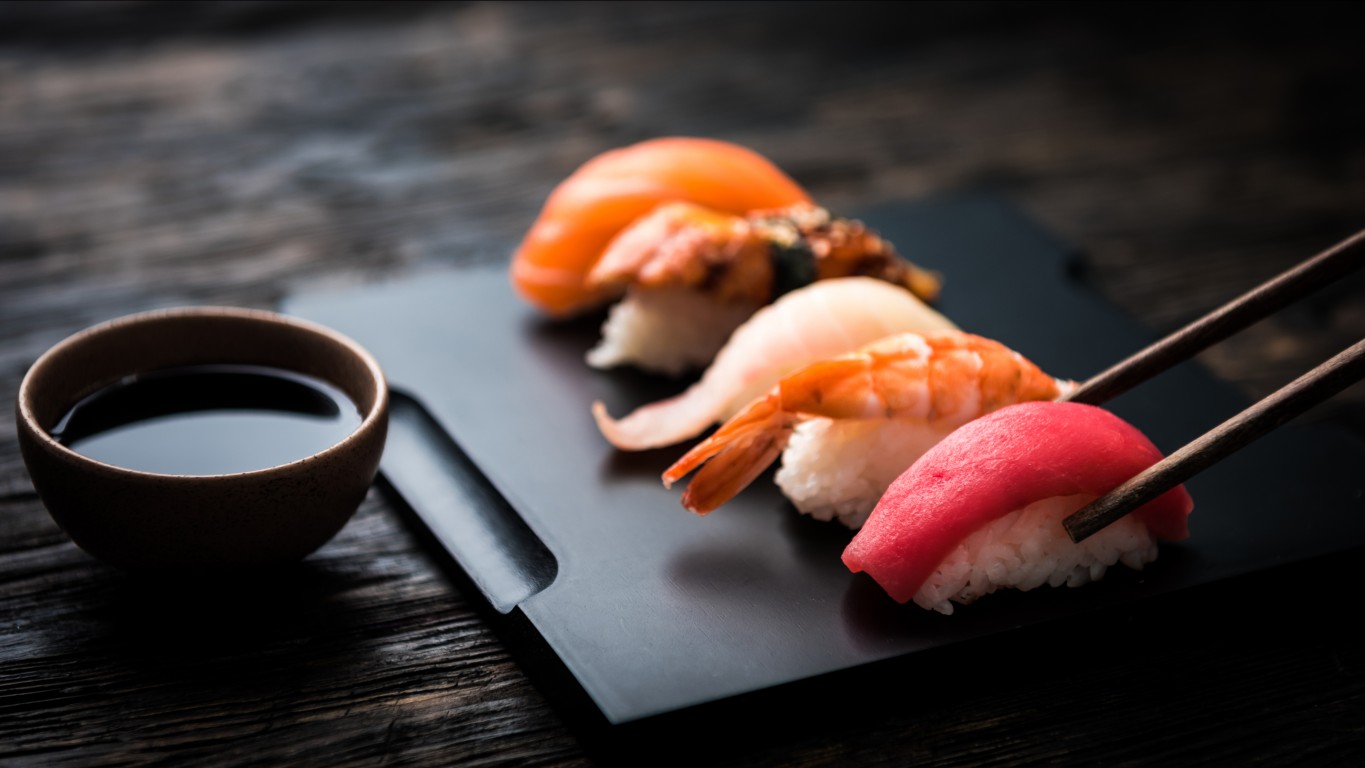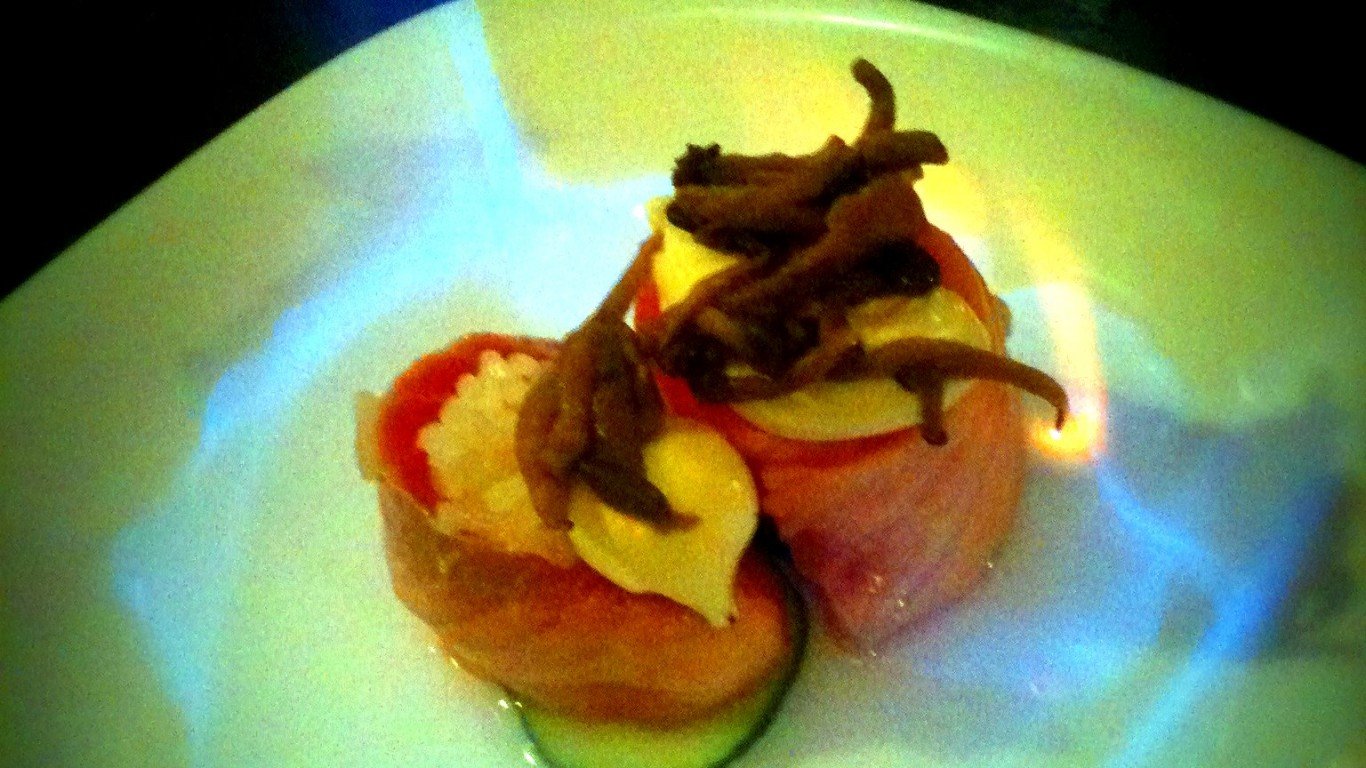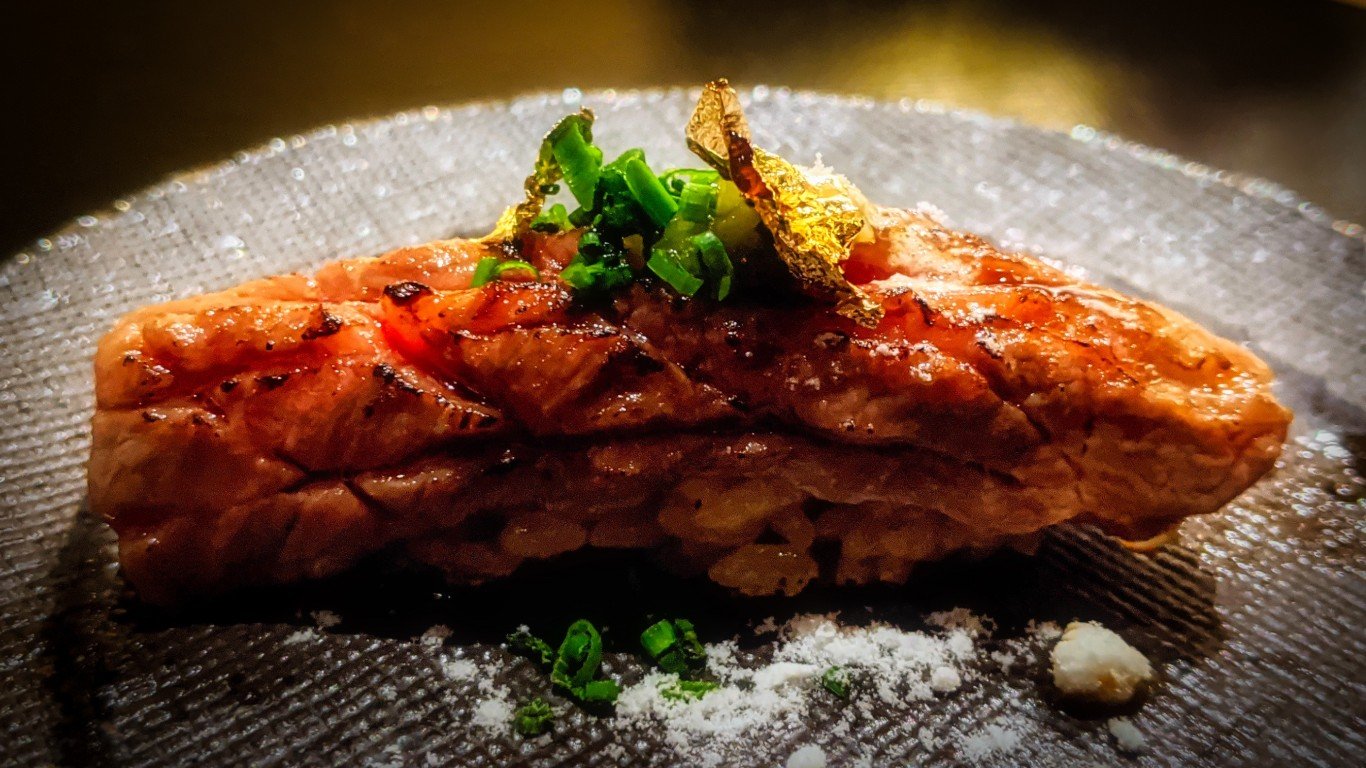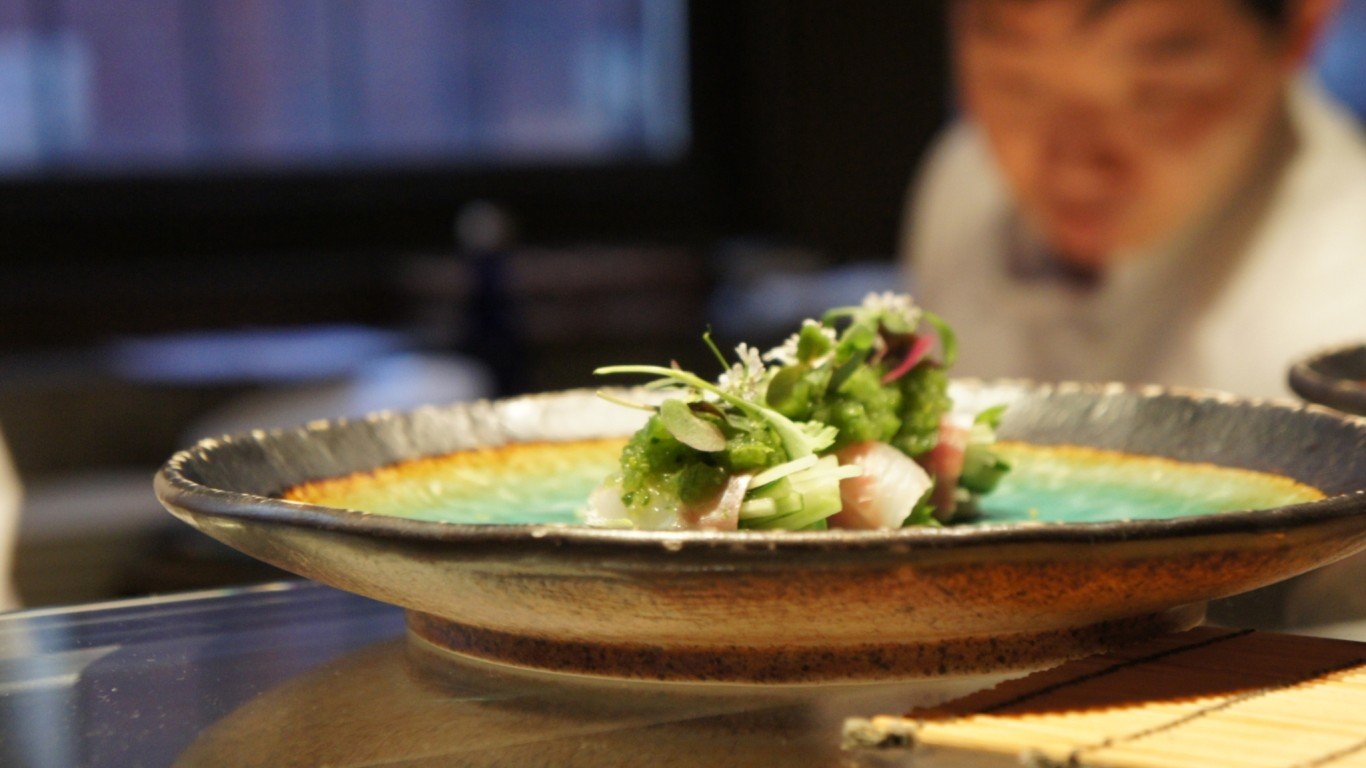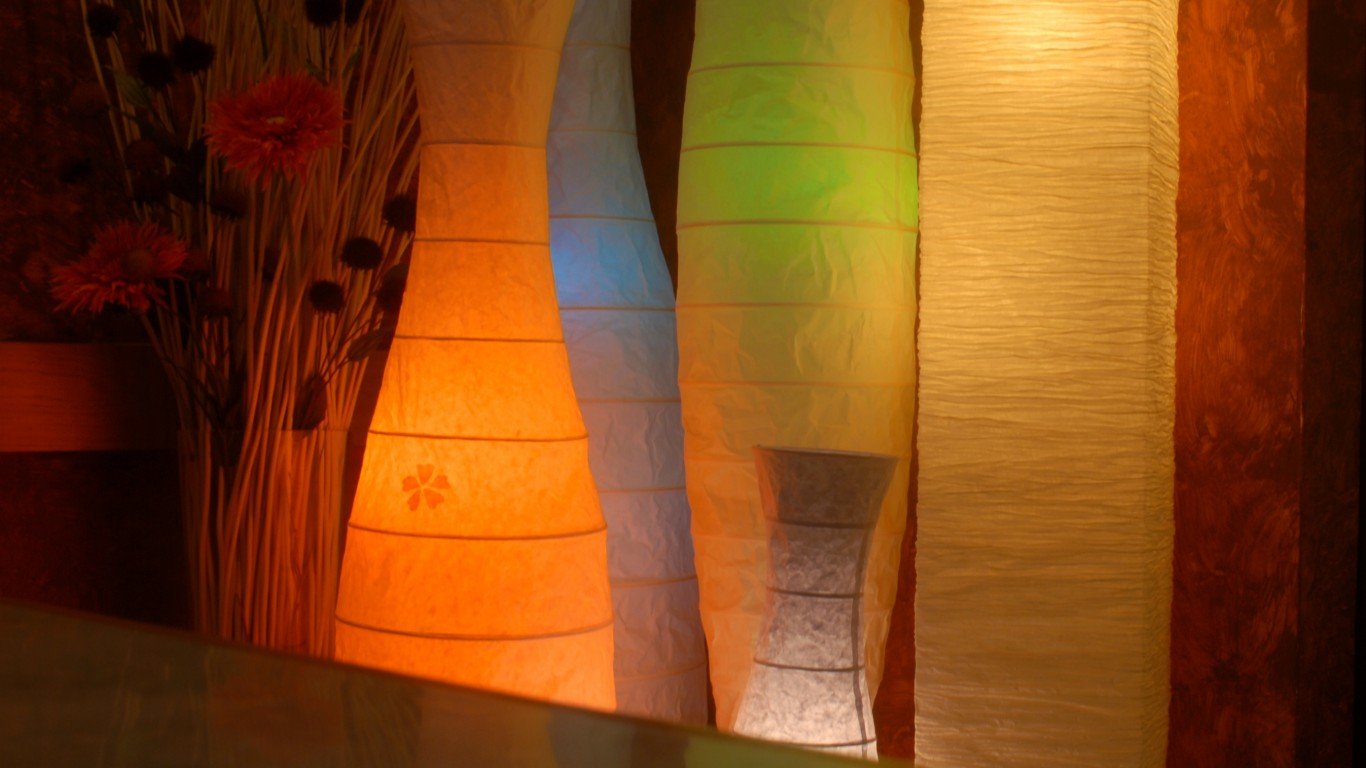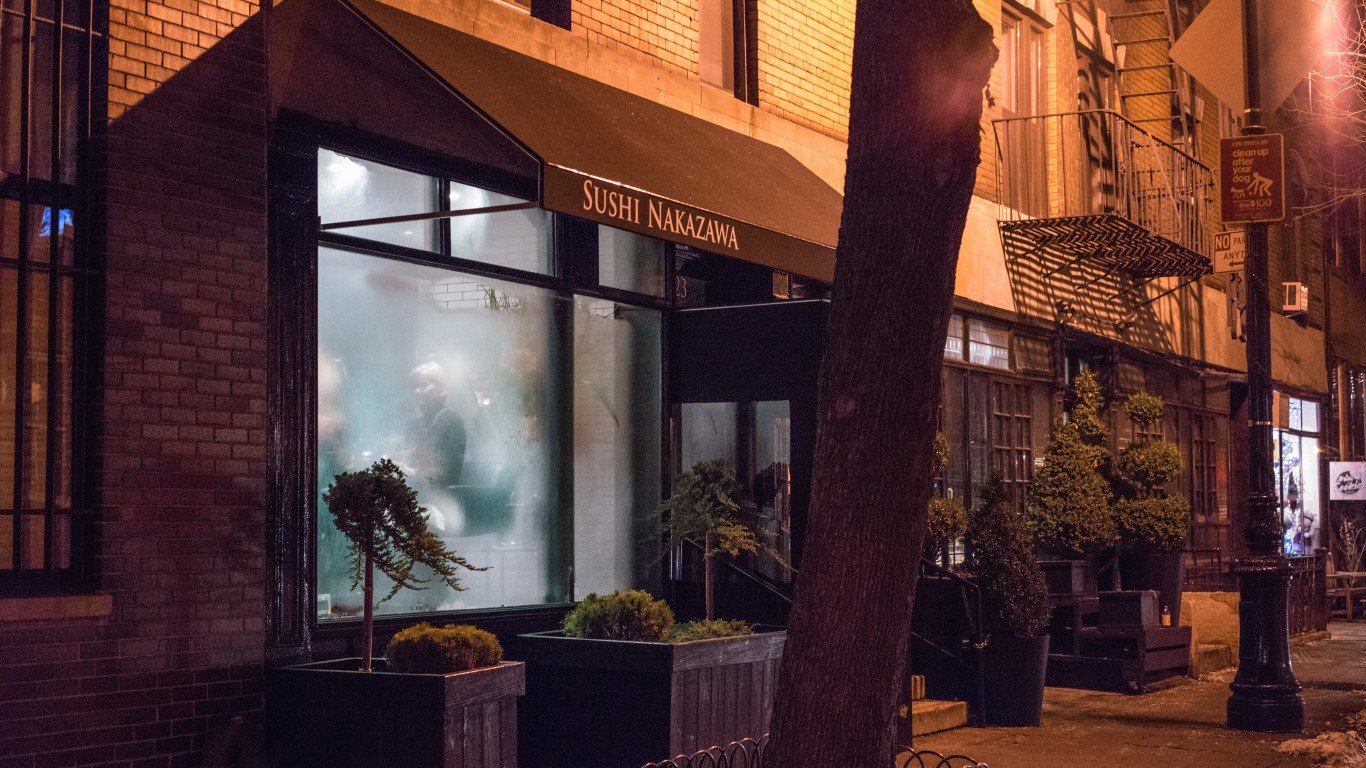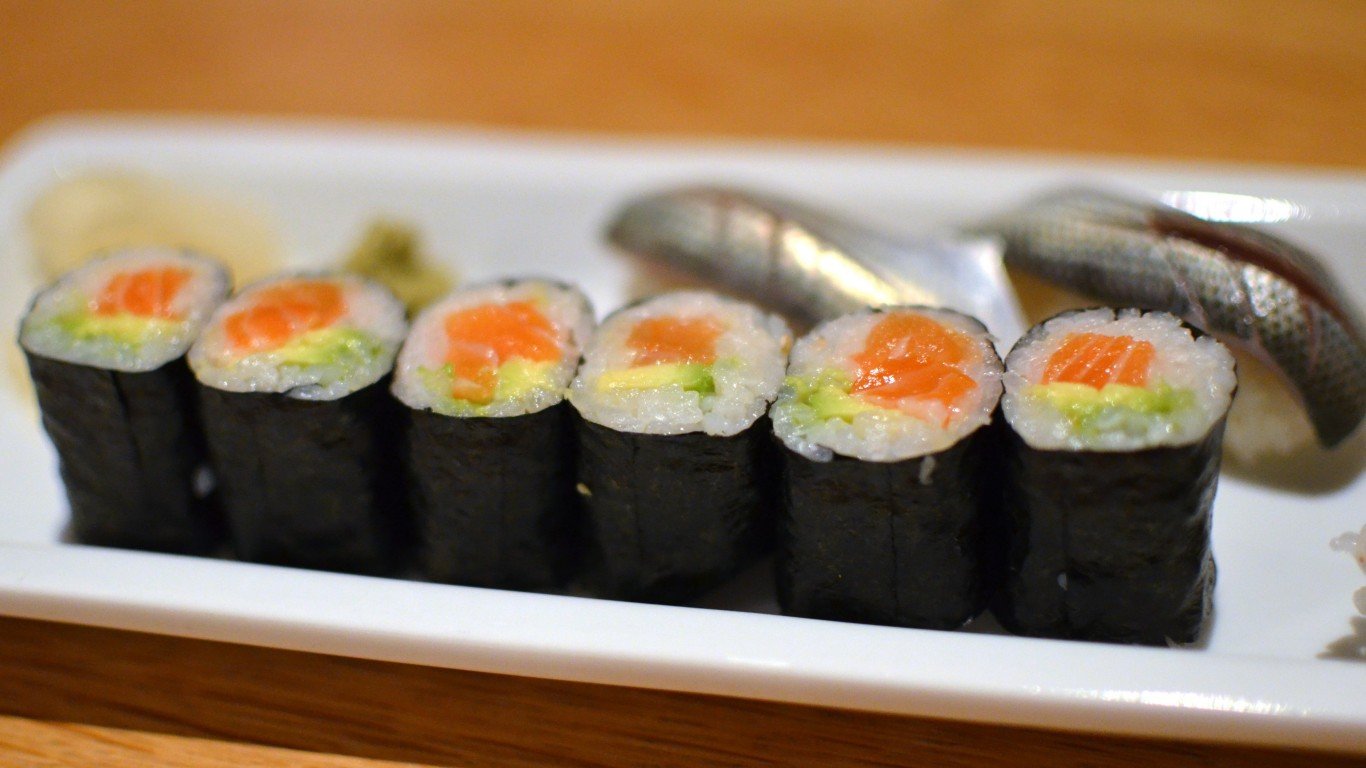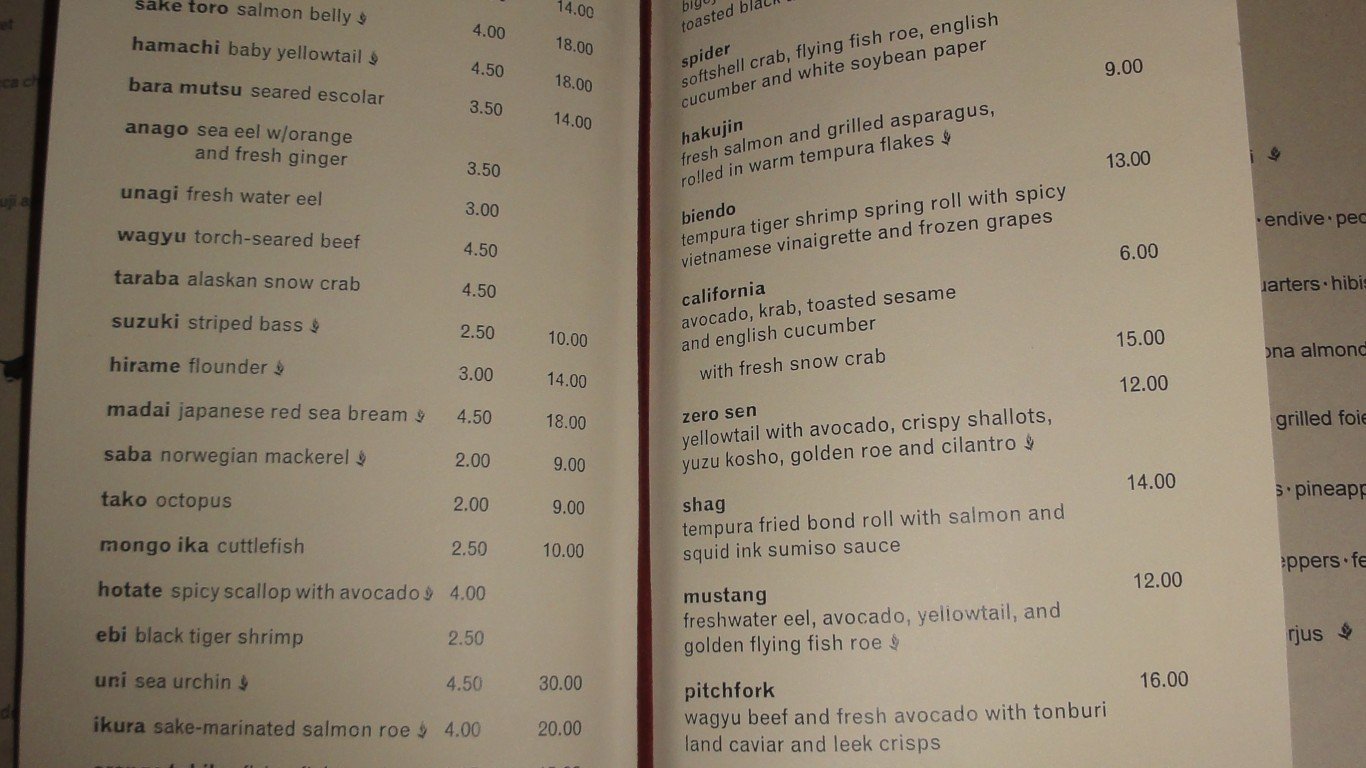It wasn’t so long ago that sushi was considered an exotic food in this country, and many Americans wouldn’t even consider eating raw fish. Times have obviously changed, and nowadays sushi has become as mainstream as pizza. You’ll find serviceable maki (rolls) and nigiri (rice with fish on top) at supermarkets and convenience stores all over the U.S. – and on a higher level, there’s no shortage of excellent sushi bars in cities large and small, including plenty that would feel at home in Japan.
As with any ancient food, the origins of sushi are somewhat opaque. Fermented rice was first used as a fish preservative in Southeast Asia hundreds of years ago, and it grew in popularity in Japan, where the fermented rice and preserved fish were first eaten together. In 1820s Tokyo (then known as Edo), the dish transformed into the dish of lightly vinegared rice with fresh raw fish that we know and love today; in fact, it was considered one of the first “fast foods.”
An expert sushi maker today, in America as well as in Japan and elsewhere, will spend years learning how to perfectly season the rice and slice the fish, form it in their hands, and deliver any finishing touches – from a brush of soy to a kiss of fire – to ensure that each piece of sushi is an edible work of art.
To compile a list of the best sushi bars in America, 24/7 Tempo compared reviews and ratings appearing on a wide range of websites, including Eater, The Daily Meal, Travel & Leisure, Men’s Journal, Time Out, Oishii-Desu, Restaurant Clicks, Big Seven Travel, Mashed, Thrillist, and The Recipe, as well as numerous city and regional sites.
You’ll notice that many of America’s top sushi bars are located on the West Coast; not only is this the region where sushi was first introduced to America (Kawafuku in L.A.’s Little Tokyo is often considered our first sushi bar) – it’s also the point of entry for top-notch Japanese seafood and home to a large Japanese population.
Click here to see the best sushi restaurants in America
A great sushi bar may just be a small counter where guests are treated to an array of nigiri made with the highest-quality fish available – or the bar can be the centerpiece of a restaurant that specializes in sushi as well as other classic Japanese dishes. (Even if they’re not sushi specialists, sushi is also on the menu at some of the best seafood restaurants in America.)
But if you’re in the mood for some truly incredible sushi, none of these sushi bars won’t let you down. Bring your credit card, though as good sushi never comes cheap – and some sushi places are among the most expensive restaurants in America.
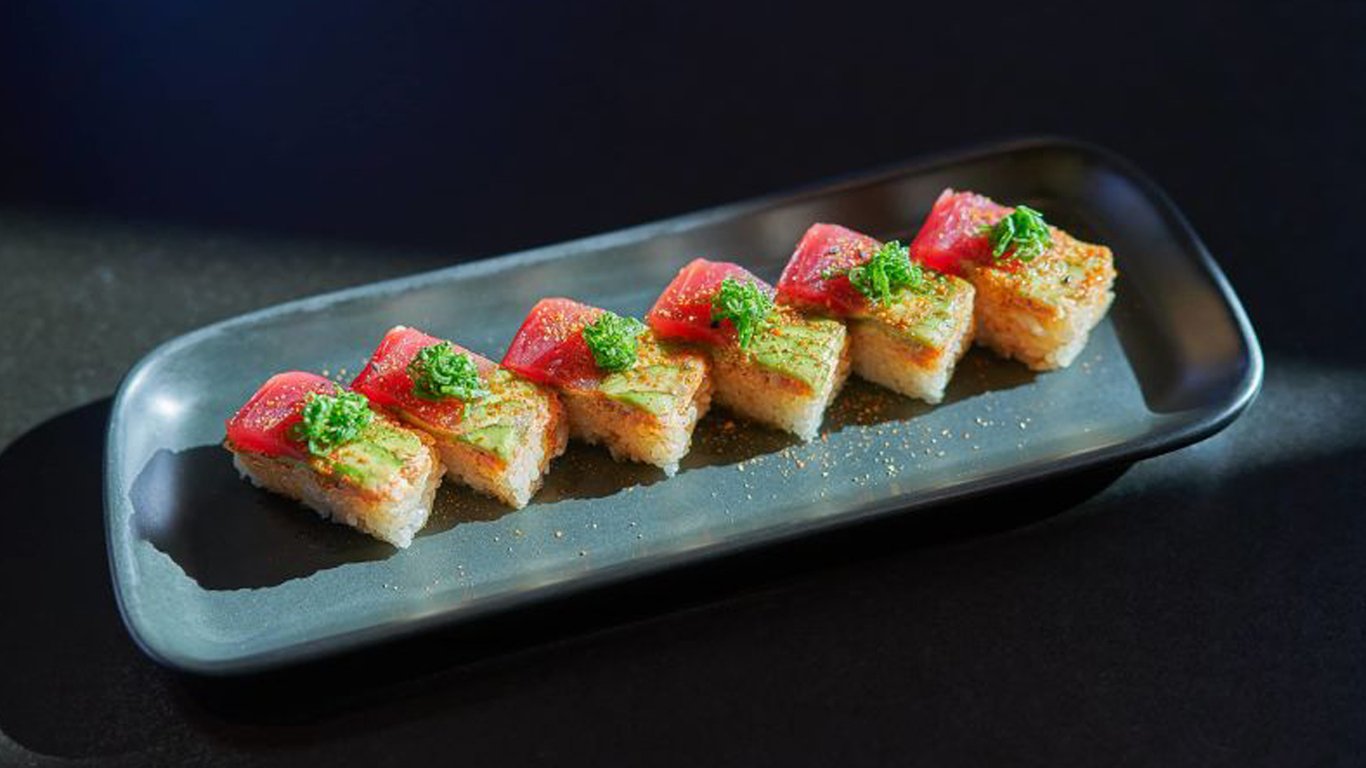
Bamboo Sushi
> Location: Portland, OR
When Bamboo Sushi opened in Portland in 2008, it became the world’s first certified sustainable sushi restaurant. Today, it has four Portland locations along with ones in Lake Oswego, Denver, the Bay Area, and Seattle. It’s also certifiably excellent, with menu standouts including four types of crispy rice; small plates including chicken karaage and king salmon carpaccio with white truffle ponzu; signature rolls including the Full Circle with spicy albacore, tempura-fried green onion, seared tuna, watercress, crispy onions, and citrus ginger dressing; and kitchen items including a popular wagyu burger topped with caramelized onion, Tillamook white cheddar, and momiji aïoli.
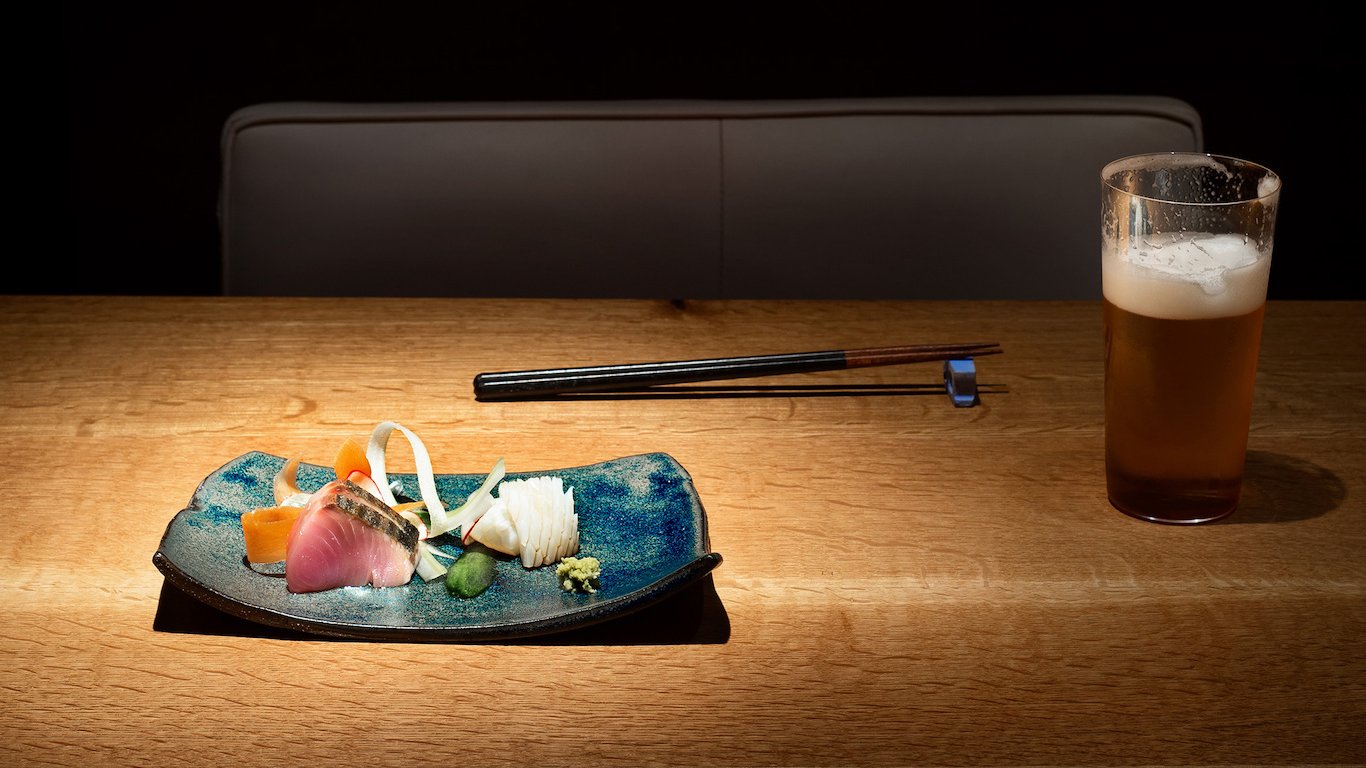
Hiroki
> Location: Philadelphia, PA
Overseen by executive chef Hiroki Fujiyama, Philadelphia’s Hiroki is a small, elegant restaurant with a large, round wooden door, a handful of tables, and a counter where diners are treated to an omakase-only menu for $155 per person. As at most of the country’s top sushi restaurants, the omakase menu changes daily based on what arrives at the restaurant that morning. Chef Hiroki’s menu is inspired by his hometown of Kyoto, and his 20-piece omakase always includes small appetizers, cooked fish, meat, nigiri, a handroll, miso soup, and dessert.

Kogane
> Location: Alhambra, CA
Kogane, tucked away inside a strip mall, has only been open since December 2021, but since then it’s already firmly established itself as the San Gabriel Valley’s premier destination for Edomae-style omakase. Kogane’s chefs/owners Fumio Azumi and Kwan serve a progression of more than 20 courses at their small counter. The selection changes daily, but diners can expect mostly nigiri sushi (needlefish, bluefin tuna, saba mackerel) as well as upscale prepared dishes including fresh tofu topped with Hokkaido uni and binchotan-seared blackthroat sea perch.
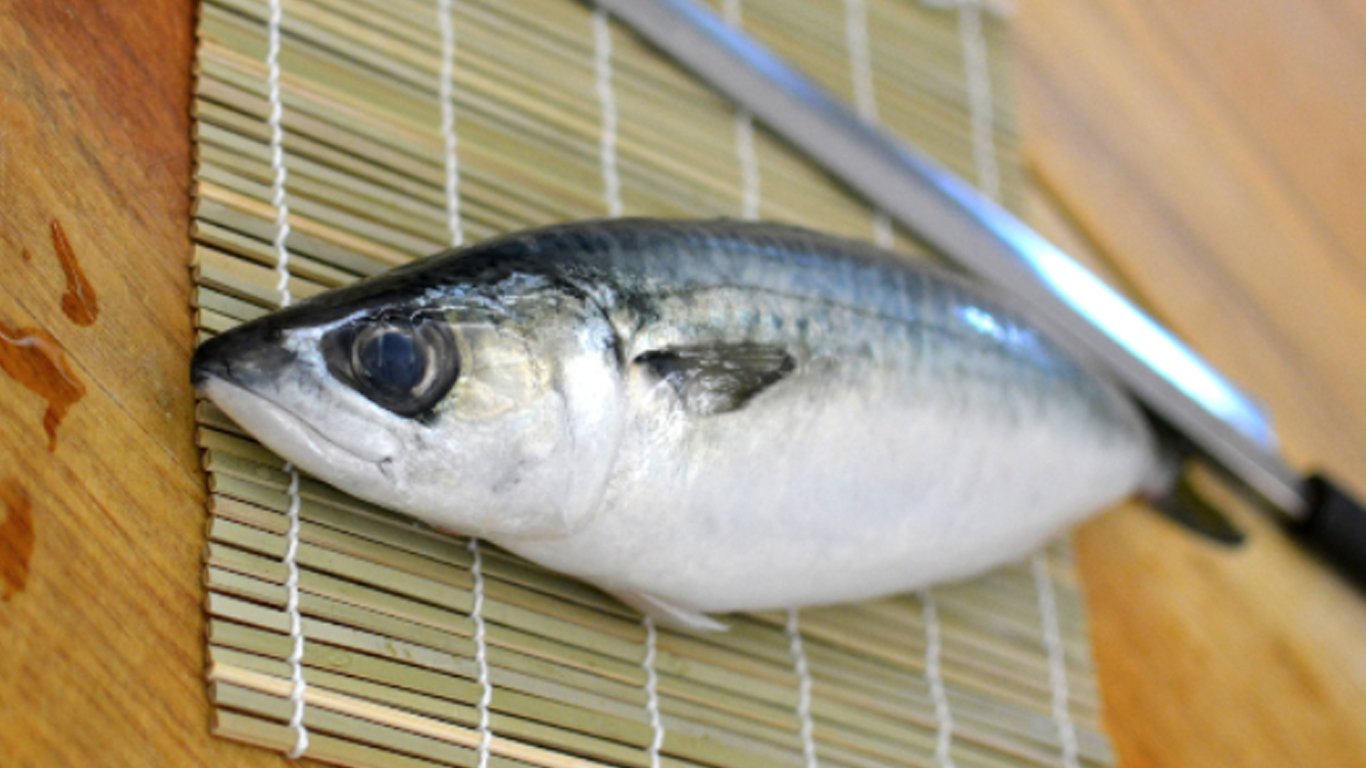
Kyoten
> Location: Chicago, IL
The omakase-only Kyoten from chef Otto Phan is one of the best, and most expensive, restaurants in Chicago, with the price ranging from $440 to $490 per person depending on the day’s menu. Every element of every item served is sourced and prepared with utmost precision. Fish are imported wild from Japan, and Kyoten was the first restaurant in America to use an exclusive varietal of Japanese rice called inochi no ichi – seasoned with a different vinegar blend for each type of fish. Kyoten also serves Edomae-style sushi, in which the fish is aged, cured, and/or marinated in order to create layers of depth, complexity, and umami.
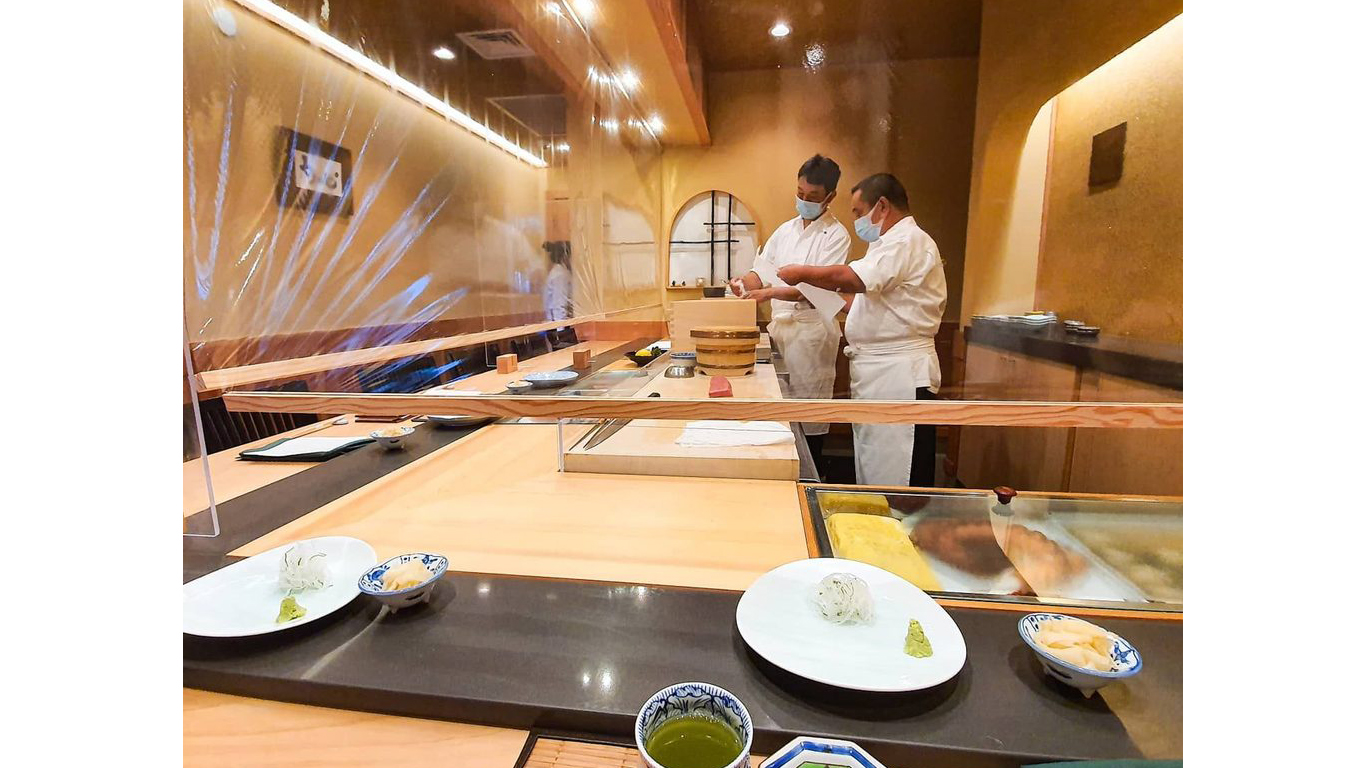
Maru Sushi
> Location: Honolulu, HI
Chef Takeshi Kawasaki’s Maru Sushi opened in Sapporo, Japan, in 1987 (earning a Michelin star in 2007), and this second location appeared in Honolulu in 2017. Kawasaki, who can still be found behind the counter here, imports the majority of his ingredients from Japan and focuses on emphasizing the elegance of the simplicity of his sushi through these quality ingredients. His sushi counter seats only 10 guests, who can expect an Edomae-style omakase that showcases the unique flavors of each fish and each season.
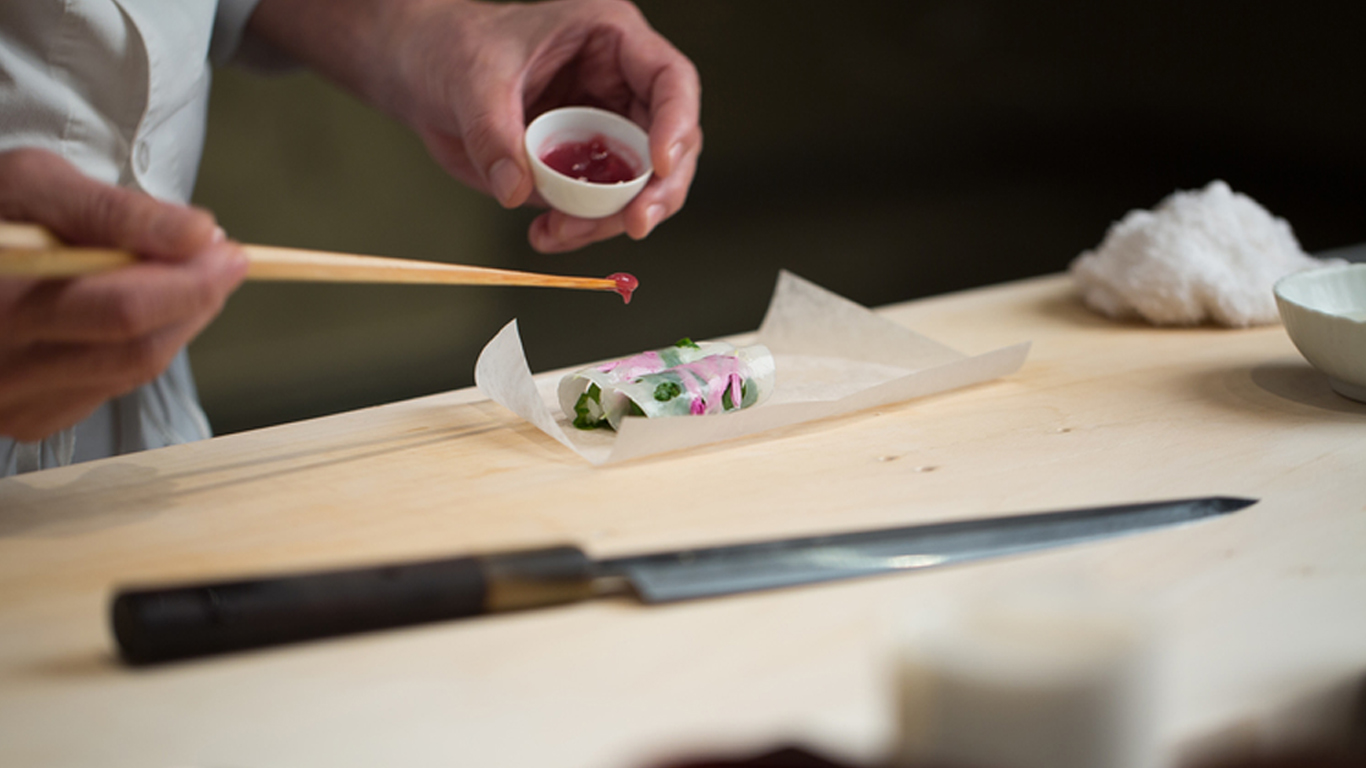
Masa
> Location: New York City, NY
Masa, located in Manhattan’s Columbus Circle, is considered America’s most expensive restaurant (a seat at the sushi bar costs a whopping $950 per person, $750 at a table), but true aficionados who have dined here will tell you that it was worth every penny. From acclaimed chef Masa Takayama, Masa serves a two-hour omakase experience in which guests will be treated to a daily-changing menu of pristine, handcrafted sushi and other small plates including A5 Wagyu Ohmi beef tataki with freshly shaved seasonal truffles. A meal here may cost more than a month’s salary, but if you can spare the expense it’s a meal you won’t soon forget.
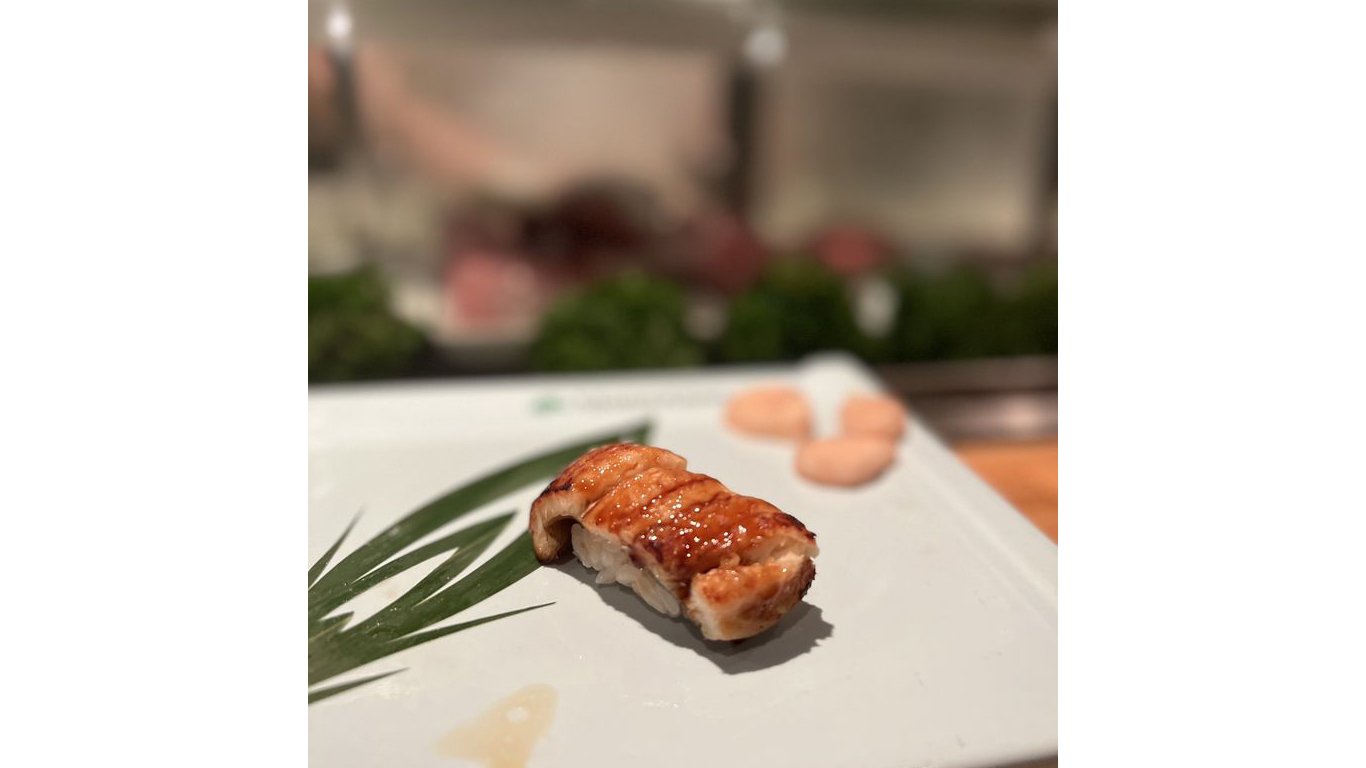
Matsuhisa
> Location: Los Angeles, CA
Nobu Matsuhisa is one of America’s most renowned and prolific Japanese chefs, with restaurants and hotels around the globe, but it all started with Matsuhisa, which opened in Beverly Hills in 1987 and remains his flagship to this day. His signature Nikkei cuisine – a fusion of Japanese and Peruvian influences – is evident in dishes including tiradito and ceviche, and this is still the best place to try signature Nobu dishes including black cod with miso, rock shrimp tempura, and yellowtail jalapeño. The sushi is pristine, and there’s something for everyone on the huge menu.
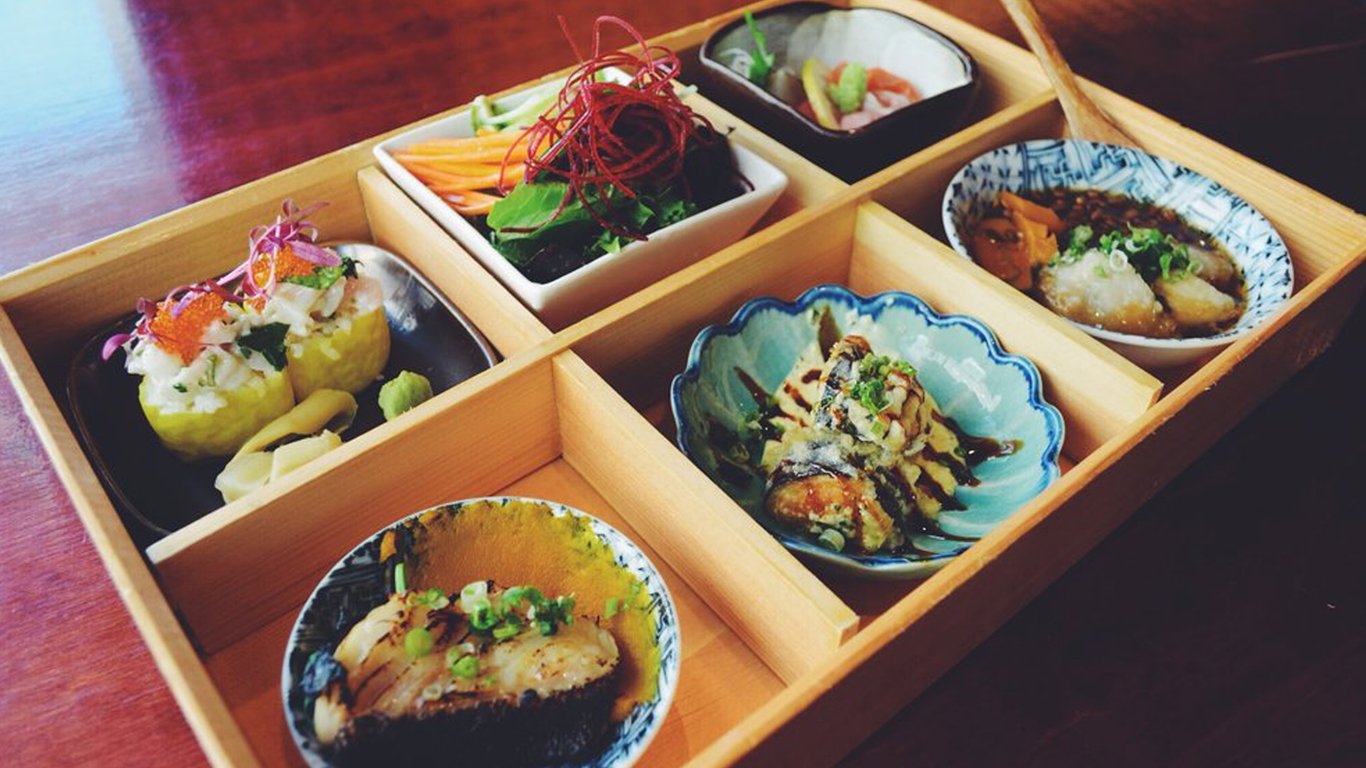
Miyake
> Location: Portland, ME
Under Tokyo native Masa Miyake, Portland’s Miyake has become a must-visit for Japanese food lovers in the decade it’s been open. Reopening after a lengthy renovation, the restaurant has a 10-seat sushi bar as well as a menu of shareable plates, including traditional Japanese preparations and dishes created by Miyake, as well as a range of sushi and sashimi.
Mori Sushi
> Location: Los Angeles, CA
LA’s bright, no-frills, Michelin-starred Mori Sushi primarily sources wild-caught fish, and all of its produce comes from local farmers markets. Chef Masanori “Maru” Nagano serves an omakase menu of peak-season offerings presented on handmade plates. Every element of every item served has been given great thought and is prepared with uncompromising precision, from fresh seared madai to torched baby barracuda to housemade tofu brushed with soy sauce and fresh wasabi.
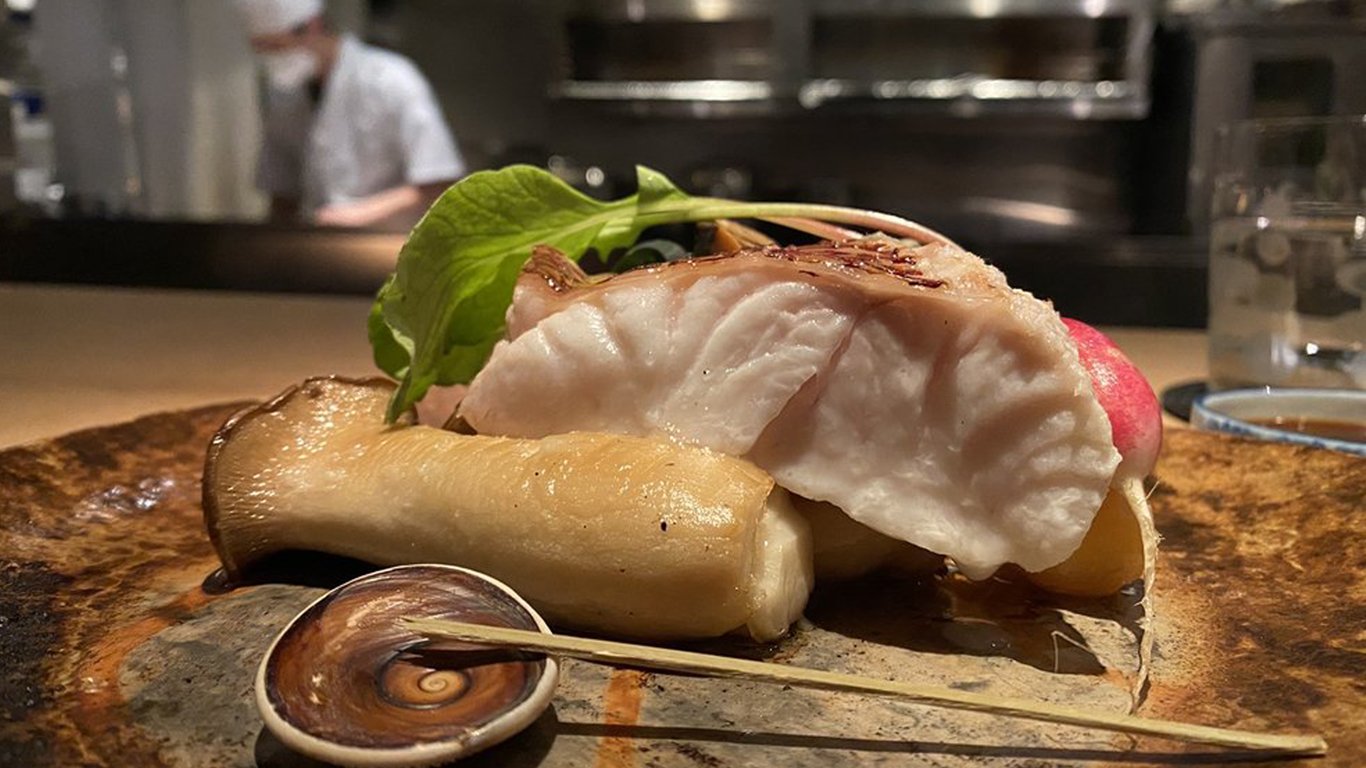
Naoe
> Location: Miami, FL
Located on Miami’s exclusive Brickell Key, Naoe is an intimate, minimalist Forbes Travel Guide Five-Star Japanese restaurant overseen by chef Kevin Cory. It’s a small jewel box with just a handful of seats (which are incredibly difficult to reserve), and Cory personally prepares every item. It has an omakase-style menu, which means that Cory has full control over what you eat. Each meal starts with a bento box-style appetizer of several dishes and soup, followed up by a variety of super-fresh nigiri sushi and a dessert of ice cream, fresh fruit, and sponge cake. The only alcoholic beverage option is sake, including one that’s brewed by Cory’s family back in Japan.
Omakase
> Location: San Francisco, CA
As the name implies, omakase is the way to go at chef Jackson Yu’s San Francisco showstopper, the Michelin-starred Omakase. Fish is flown in fresh from Tokyo three times per week, and it’s served in Edomae style, employing traditional techniques including aging, sujime, konbu jime, shio-jime, and occasional charcoal-grilling and smoking to bring out the unique flavor of each fish. Diners can expect an appetizer, sashimi, chawanmushi, nigiri, an A5 wagyu dish, and a lobster course.
O Ya
> Location: Boston, MA
Boston’s most renowned, most inventive sushi restaurant is also the best in the state. Co-owners Chef Tim and Nancy Cushman have turned a small, 30-seat dining room into a certified Japanese destination where diners are treated to a nightly-changing 20-course chef’s omakase that includes a variety of unique nigiri, sashimi, and cooked dishes. You never quite know what you’re going to get, but it’s sure to be mind-blowing.
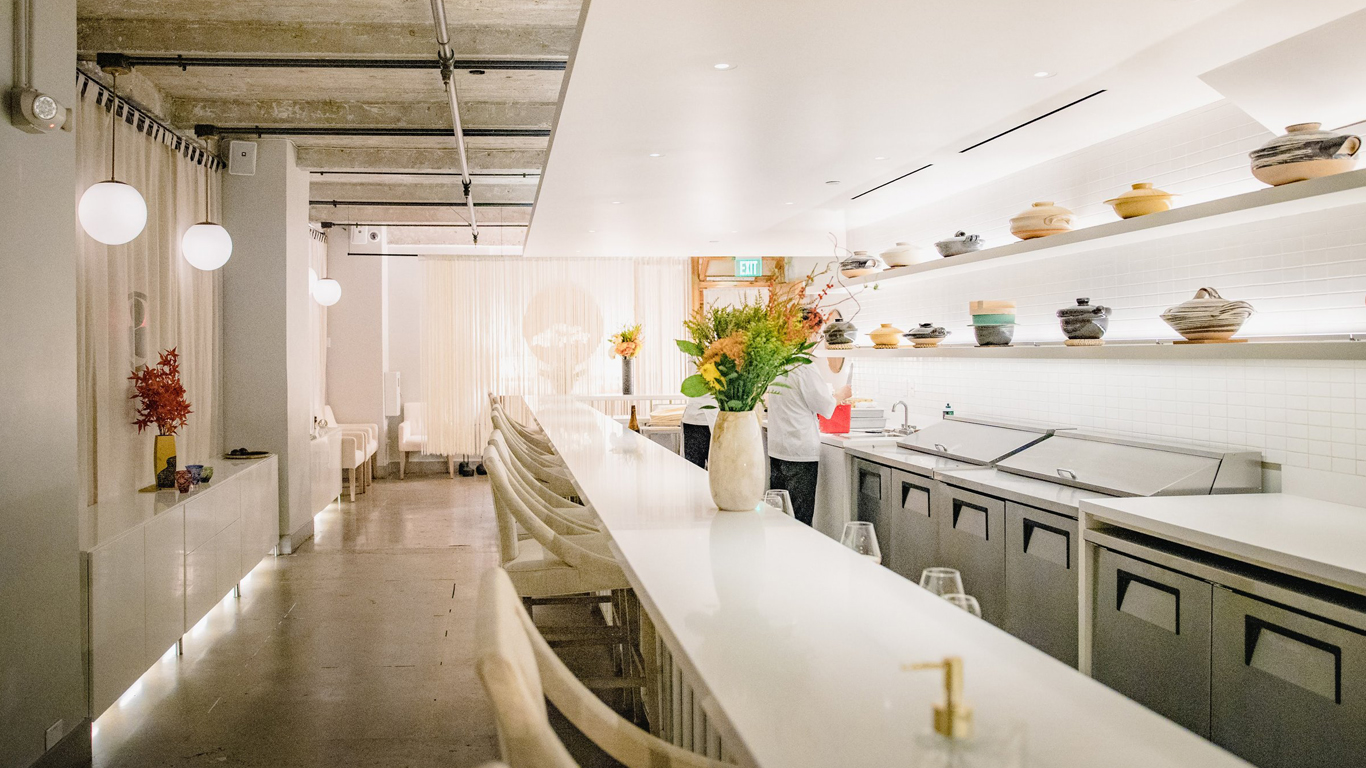
The Shota
> Location: San Francisco, CA
At The Shota, chef/owner Ingi “Shota” Son serves an omakase-style meal of sushi and small prepared dishes made with fish flown in from Tokyo’s Toyosu Fish Market at a long white counter. Each fish is marinated, aged, and/or cured in the traditional Edomae fashion, and prepared dishes are sourced with only fresh, local, seasonal ingredients and simply prepared.
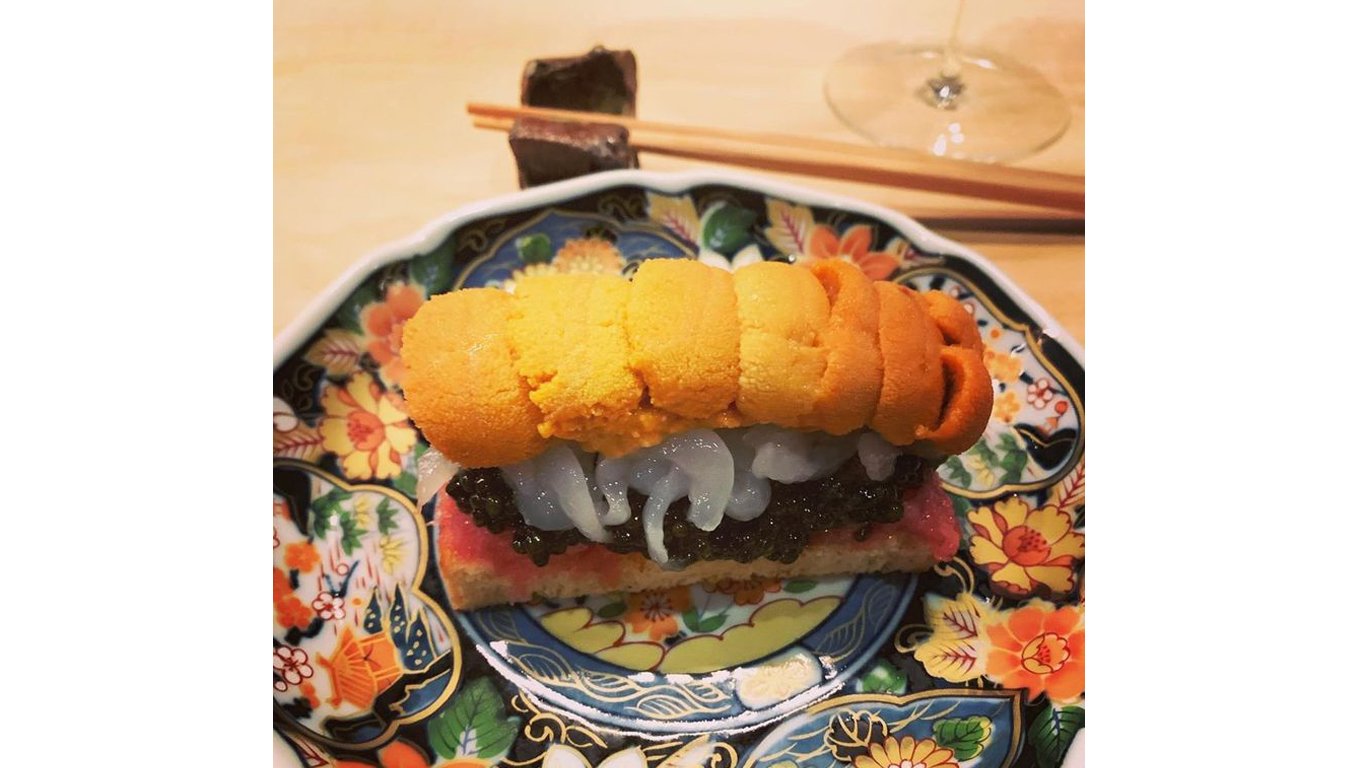
Shuko
> Location: New York City, NY
Widely regarded as the best omakase in New York since Nick Kim and Jimmy Lau opened it near Union Square in 2014, Shuko is an omakase experience wherein diners are treated to now-iconic dishes including toro tartare with caviar, uni, and milk bread and charcoal-seared tuna belly, along with a succession of sashimi adorned with ingredients like truffles and yuzu balsamic. Sitting at the bar here and watching the chefs work in tandem is like having courtside seats to the best game in town.
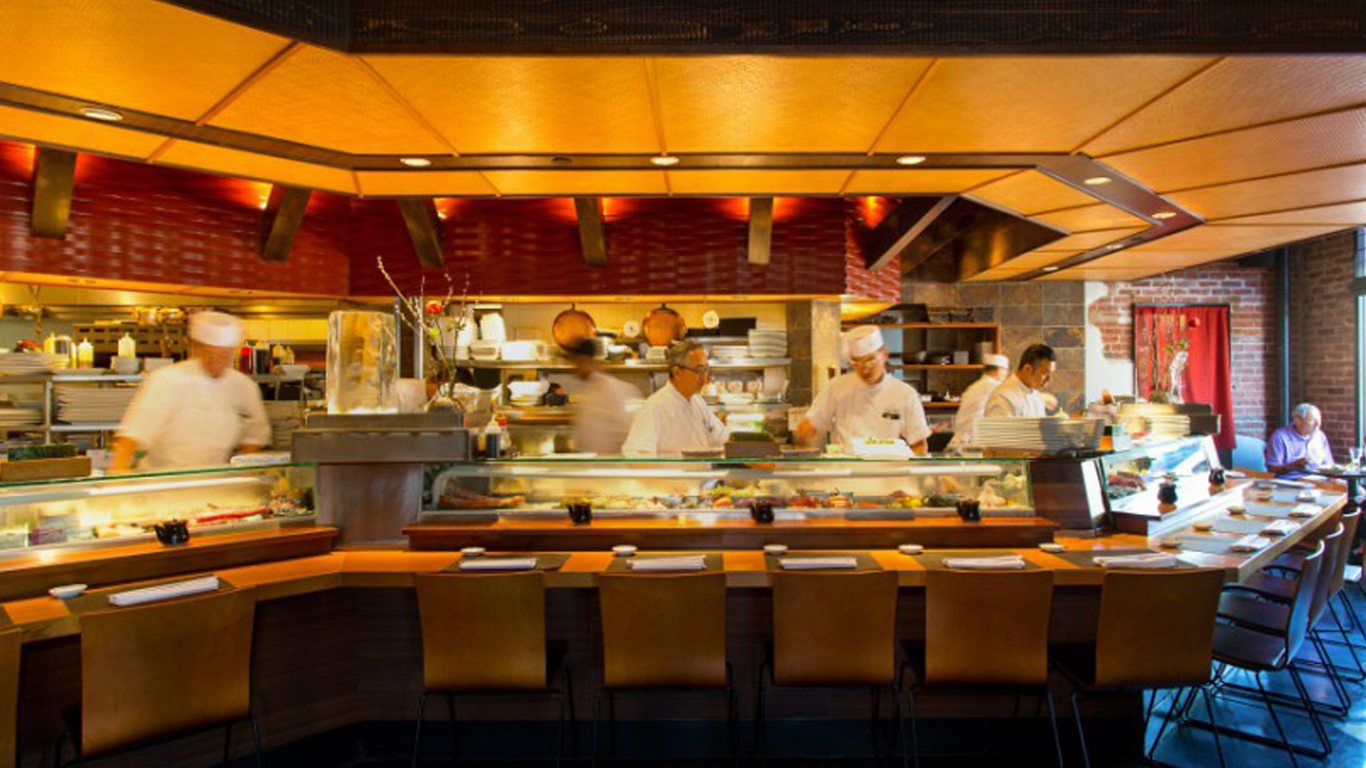
Sushi Den
> Location: Denver, CO
A Denver hotspot since 1984, Sushi Den is renowned for flying in fresh seafood from the city of Fukuoka on the Sea of Japan every day. It’s used in a variety of sashimi, nigiri, hand rolls, and specialty rolls, and there’s a daily-rotating “Catch of the Day” menu highlighting what came in that morning.
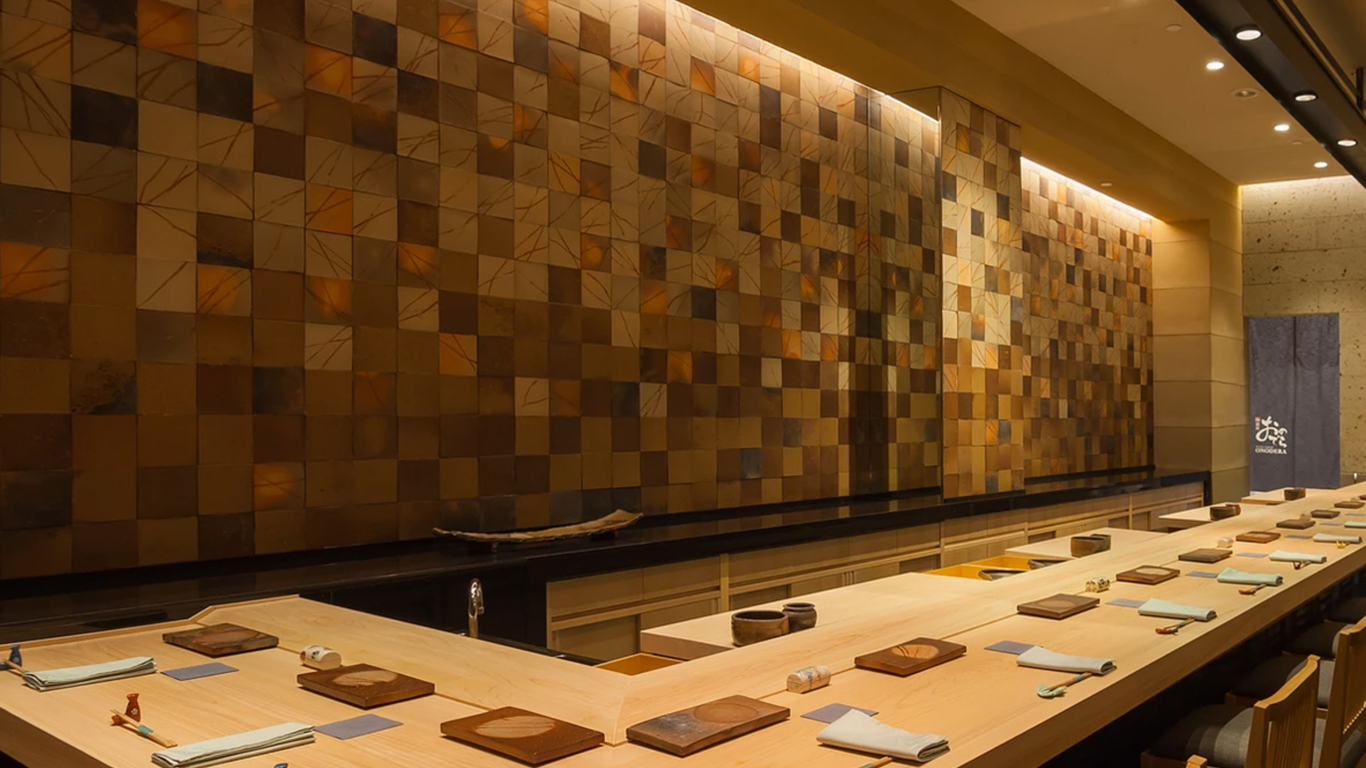
Sushi Ginza Onodera
> Location: Honolulu, HI
Honolulu’s acclaimed Sushi Ginza Onodera is a small sushi bar with abundant light wood decor, specializing in Edomae sushi, in which the fish is aged according to a variety of methods, from hours to days, in order to maximize its flavor and texture. All fish is imported from Tokyo’s Toyosu Fish Market, and the rice comes from Japan’s Niigata prefecture and is tinted with red vinegar.
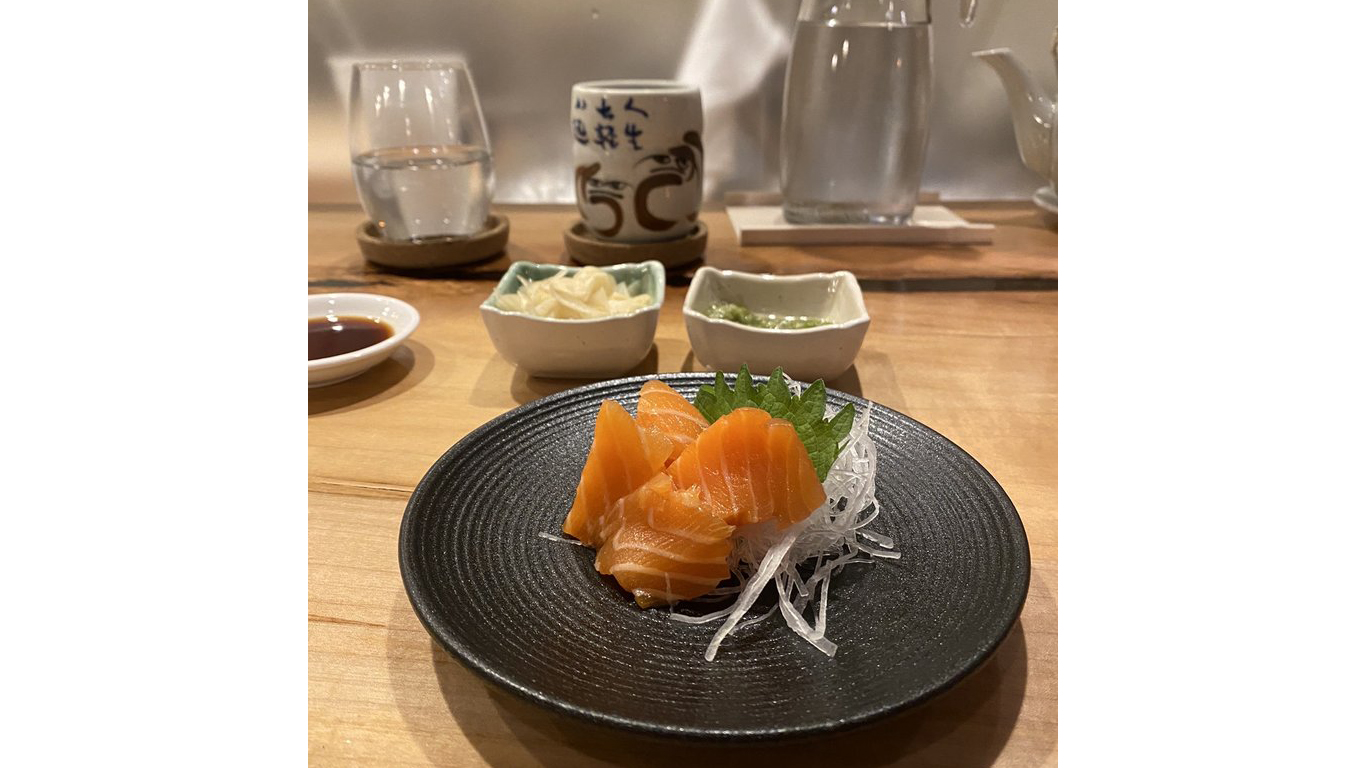
Sushi House Hayakawa
> Location: Atlanta, GA
This traditional upscale sushi restaurant has been a must-visit since 2008 for in-the-know Atlantans looking for the freshest fish in the city. Chef Atsushi Hayakawa (a James Beard Award finalist) sources his offerings from Tokyo’s Toyosu Market and all over the globe. Guests who choose to reserve the Hayakawa Omakase (just four per night) are treated to a meal prepared by and served by chef Hayakawa himself. If you visit, keep in mind that perfumes and other strong fragrances that would interfere with the meal are banned.
Sushi Kame
> Location: Las Vegas, NV
When each diner sits down at the sushi counter at Sushi Kame, located about a mile off the Strip, Chef Eric has a conversation with them about their personal tastes and curiosities before setting off to create an omakase menu especially for them. Two versions of this personalized experience are available (for $350 or $500 each), and each showcases a variety of ingredients, preparations, textures, and, of course, the freshest seafood possible.
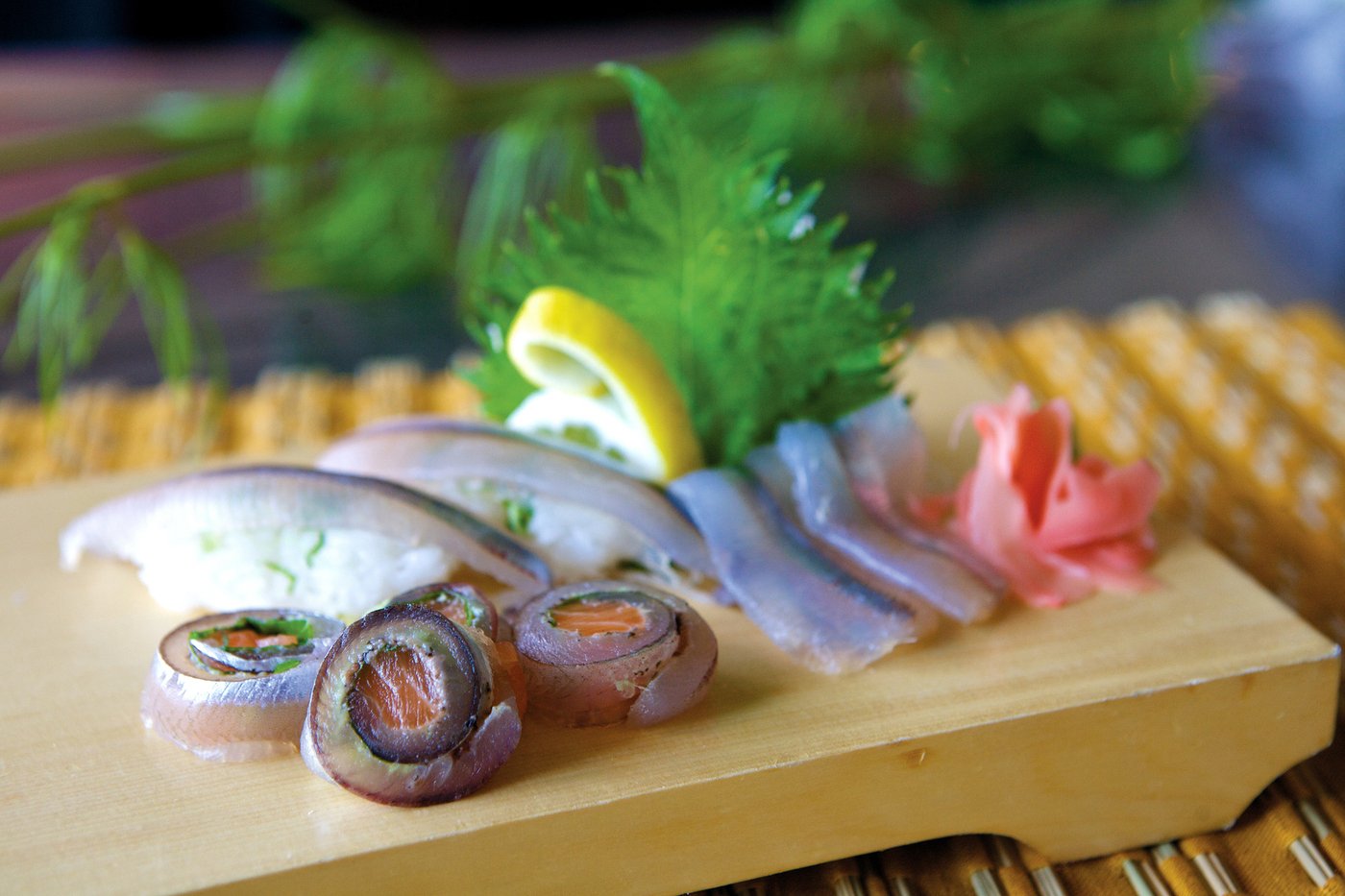
Sushi Kashiba
> Location: Seattle, WA
From three-time James Beard Award nominee Shiro Kashiba, who trained under renowned sushi master Jiro Ono, Sushi Kashiba opened in 1970 as Seattle’s first sushi bar and remains the city’s gold standard for sushi. Crowds continue to flock to the sushi counter in Pike Place Market for a taste of Kashiba’s daily-changing omakase, or take a seat at a table for now-iconic dishes including sake-marinated miso black cod, sautéed geoduck with asparagus and shiitake mushroom, and chawanmushi with crab and white fish.
Sushi Nakazawa
> Location: New York City, NY
Chef Daisuke Nakazawa is one of America’s most revered sushi chefs, and diners at his New York home base are treated to a 20-course omakase that features nigiri esclusively. The fish and shellfish is sourced from around the world with a special focus on Japan, and because the menu is laser-focused on nigiri, diners are guaranteed some of the finest, most exquisite they’ll ever try.
Sushi Ota
> Location: San Diego, CA
Hidden away inside a modest San Diego strip mall, Sushi Ota is a must-visit for in-the-know locals who want the absolutely freshest seafood imaginable, including several preparations of sea urchin sourced from San Diego docks. Nigiri is the way to go, but don’t miss the delicate chawanmushi.
Sushi Taro
> Location: Washington, D.C.
Dupont Circle’s Sushi Taro is elegant and upscale, and its kaiseki tasting (a variety of cooked and raw dishes) is the way to go; offerings change regularly but include seasonal appetizers, cold noodles, sashimi, nigiri, and a cooked dish like Tasmanian ocean trout in a casserole with cabbage, miso, and butter. There are also a variety of dishes available including housemade cold soba, wagyu shabu-shabu and sukiyaki, and a wild snapper broth porridge for two.
Uchi
> Location: Austin, TX
Founded by chef Tyson Cole (who’s since won a James Beard Award) in a refurbished Austin house in 2003, Uchi has become renowned for its non-traditional take on Japanese food. The menu changes daily, but expect pristine nigiri made with rarely seen fish including striped knifejaw and Tasmanian ocean trout, as well as creations including beet with yuzu kosho goat cheese and wagyu short rib with pickled ramp miso. Aside from the sushi, other standouts include paradigm-changing flavor combinations like smoked yellowtail with yuca crisp, Marcona almond, and Asian pear; pork belly with Japanese pumpkin and pepper rosé gastrique; and great amberjack with watermelon and ramp salsa verde. It’s highly recommended to opt for the six- or 10-course omakase. (A full vegetarian menu is also available.)
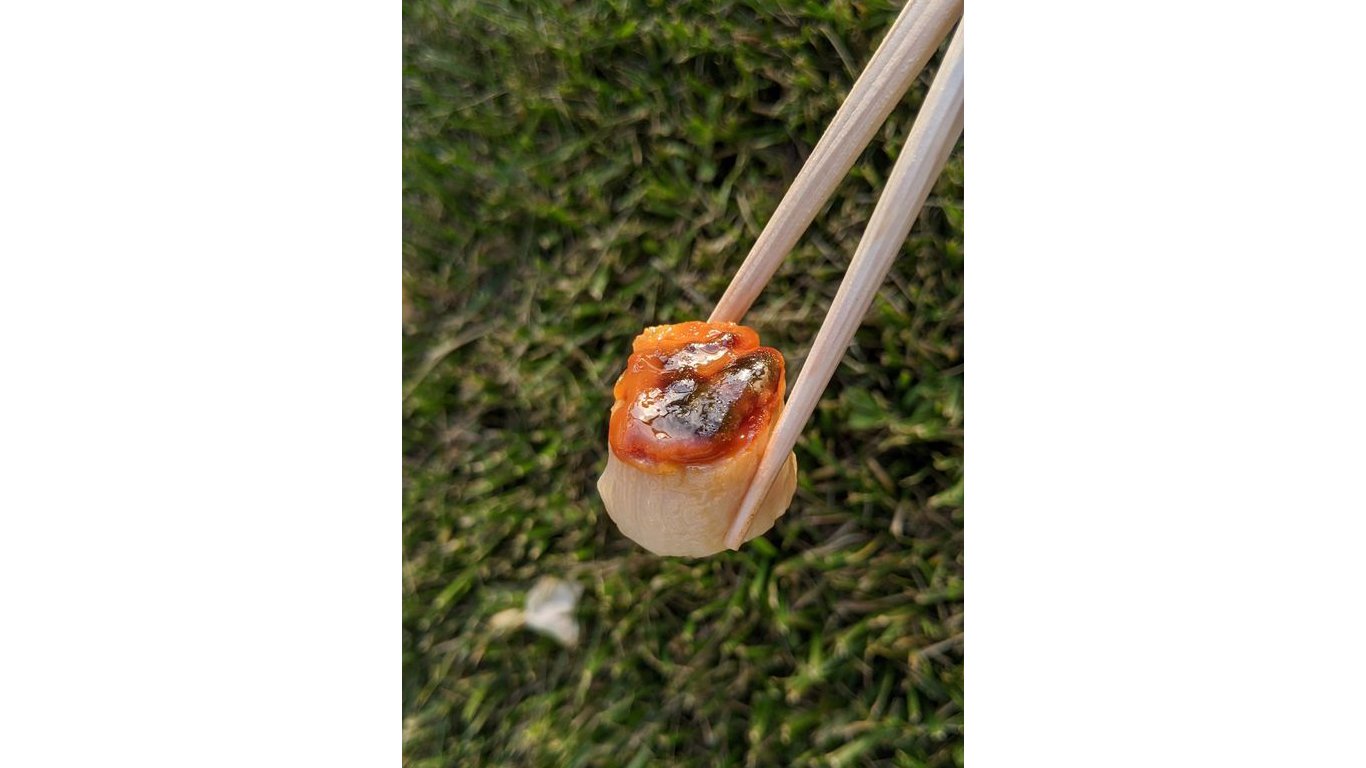
Urasawa
> Location: Beverly Hills, CA
Intimate, luxurious, and somewhat mysterious (it seems to close and open at will), Urasawa is a Beverly Hills landmark. Opened in 2013 by head chef Hiroyuki Urasawa, the restaurant has two Michelin stars and is considered one of the most expensive restaurants in the world, with a tasting menu currently priced at $1,111 per person. Diners who manage to snag a spot at the 10-seat counter will be treated to a 30-course omakase crafted by Urasawa himself that includes nigiri made with fish flown in near-daily from Japan as well as small dishes like charcoal-grilled Kobe beef with housemade seaweed salt and scallop.
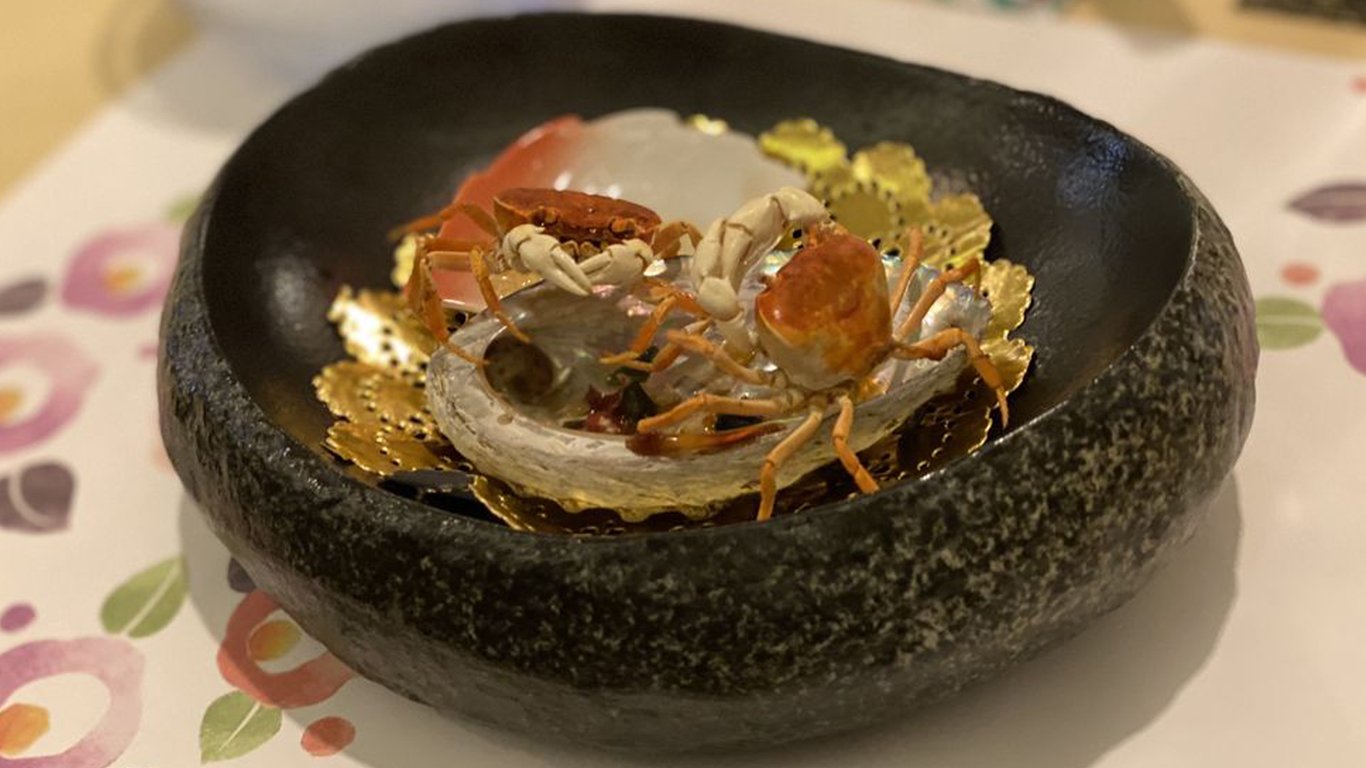
Yui Edomae Sushi
> Location: Las Vegas, NV
For the best sushi in Las Vegas, leave the Strip and head west to the unassuming Yui Edomae Sushi, which practices traditional omotenashi service, which emphasizes hospitality and openness. Five different omakase services are offered, ranging in price from $68 to $270. Guests can expect an elegant, light wood sushi bar in a flower-bedecked space; courses include an appetizer, soup, sashimi platter, a charcoal-grilled platter, nigiri, handroll, and dessert.
